If you want to experience India properly, then taking the train in India is one of the best ways to do it. This is not just transport; it is an adventure filled with madness, culture, chaos, and genuine moments you will never forget. From the bright lights of Delhi (दिल्ली) to the bustling streets of Mumbai (मुंबई) and the peaceful backwaters of Kerala (केरल), the train in India connects every corner of this massive country. Whether you’re a first-timer or a seasoned rail traveler, the train journey here is a whole world of its own.
A Quick History of the Train in India
The history of the train in India goes way back to 1853 when the first passenger train ran between Bombay, now Mumbai (मुंबई), and Thane (ठाणे). Built by the British colonial rulers, the railway was meant to move troops and goods around the colony. Fast forward to 1947, when India gained independence, the railways were nationalized and expanded rapidly. Today Indian Railways is one of the largest networks on earth with over 68,000 kilometers of track.
You can still see echoes of the past in grand stations like Mumbai CST (छत्रपति शिवाजी टर्मिनस) and Howrah (हावड़ा) in Kolkata (कोलकाता), which look like they belong in an old movie. But the network is also pushing forward with modern trains like the Vande Bharat Express (वंदे भारत एक्सप्रेस) running at decent speeds. Still, much of the system feels like a giant, living organism somewhere between a modern service and old-school chaos.
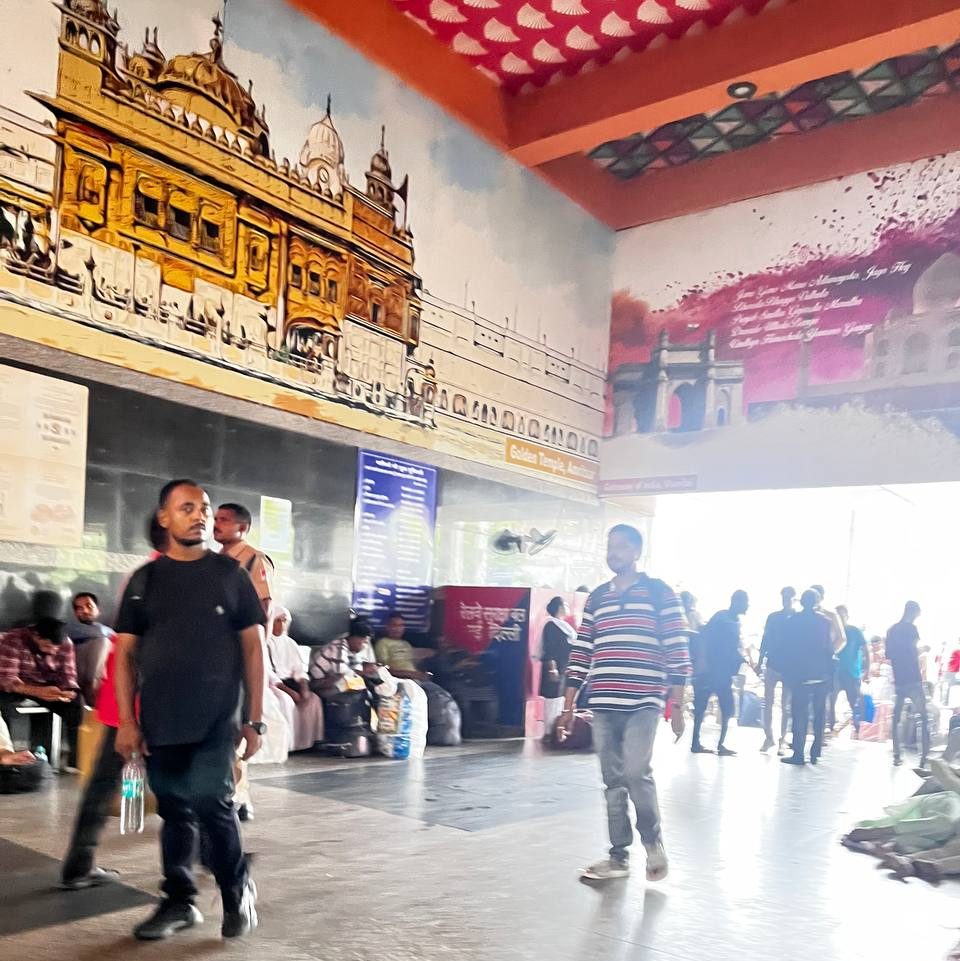
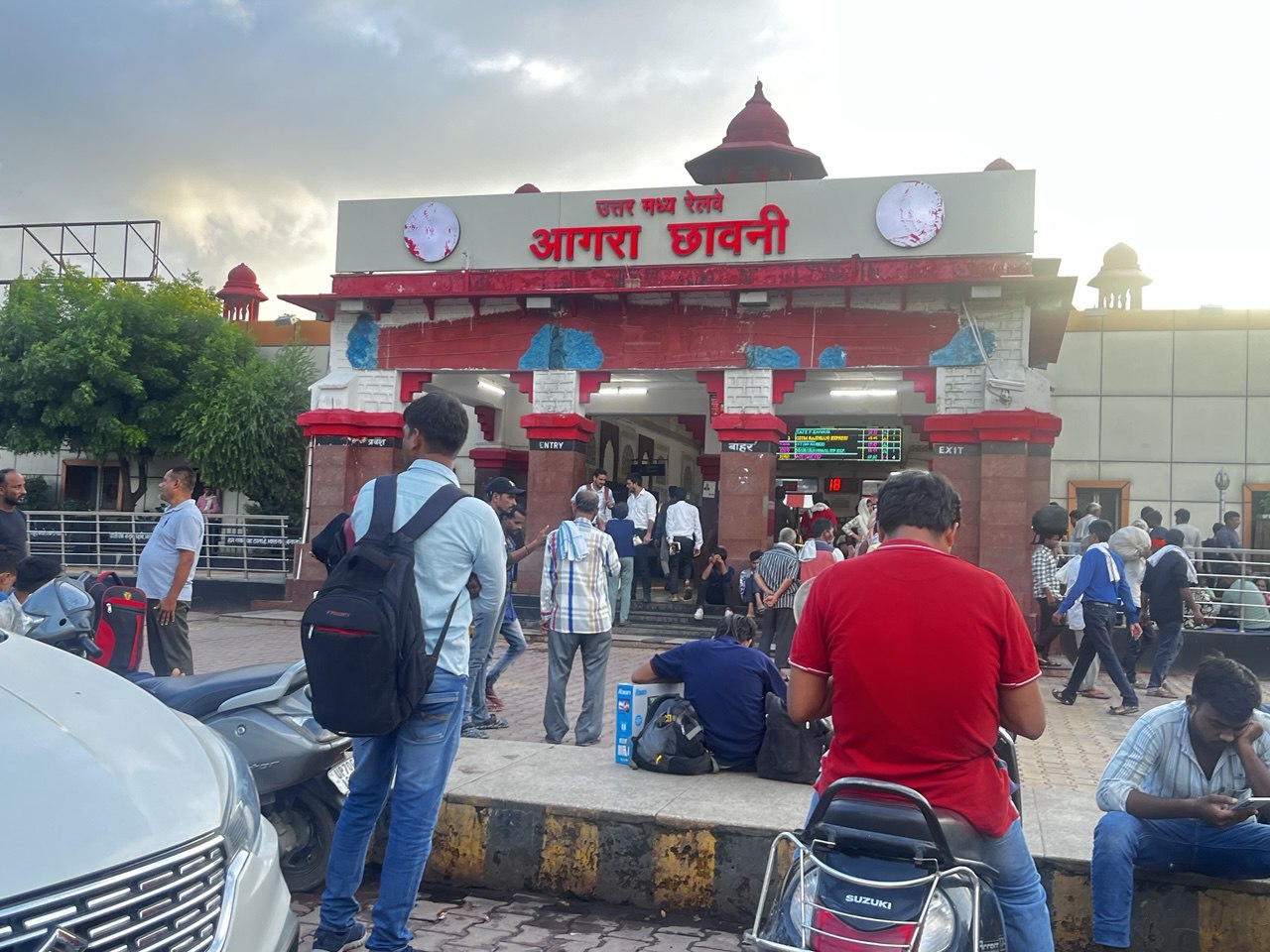
Major Routes to Know
India is vast and the train routes reflect that. If you want to get around, here are some key routes you should know about.
The Delhi (दिल्ली) to Mumbai (मुंबई) route is one of the busiest in the country. The Rajdhani Express (राजधानी एक्सप्रेस) runs this route in about 16 hours covering roughly 1400 kilometers. Tickets range from ₹1000 (12 USD) for sleeper class to ₹4000 (50 USD) for air conditioned coaches.
Kolkata (कोलकाता) to Delhi (दिल्ली) is another classic route, with multiple daily trains from faster Duronto (दुरन्तो) services to slower but scenic express trains. Travel times vary from 17 to 24 hours and AC tickets range from ₹1200 (15 USD) to ₹3500 (42 USD).
If you want a shorter hop, the Chennai (चेन्नई) to Bangalore (बेंगलुरु) Shatabdi Express (शताब्दी एक्सप्रेस) covers the journey in about 5 to 6 hours. Chair car tickets start at ₹700 (9 USD) and are popular with business travelers.
The Mumbai (मुंबई) to Goa (गोवा) route takes you through the Western Ghats with spectacular views, lasting 8 to 10 hours. Tickets start at ₹400 (5 USD) for sleeper class and ₹800 (10 USD) for AC.
Rajasthan’s desert has its own route, Jaipur (जयपुर) to Udaipur (उदयपुर), which takes about 6 hours and tickets range from ₹300 (4 USD) to ₹1200 (15 USD).
Even spiritual hubs like Varanasi (वाराणसी) to Lucknow (लखनऊ) are connected by train, taking roughly 8 hours.
With thousands of routes across plains mountains and coastlines the train in India literally links the entire country.
Oh and don’t even get us started on the Darjeeling Toy Railway! And we of course recently did Siliguri to New Delhi as part of our Sikkim Tour.
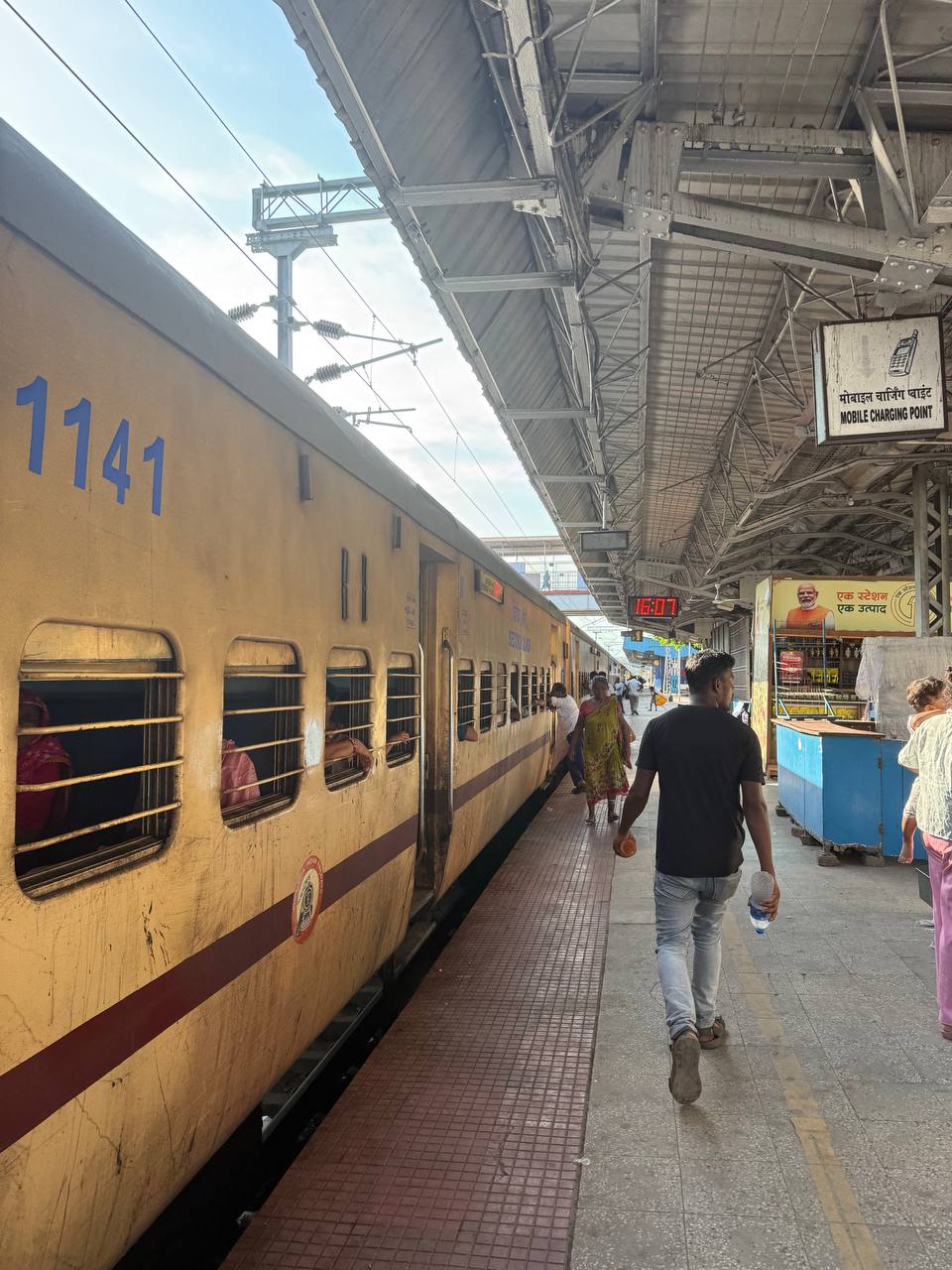
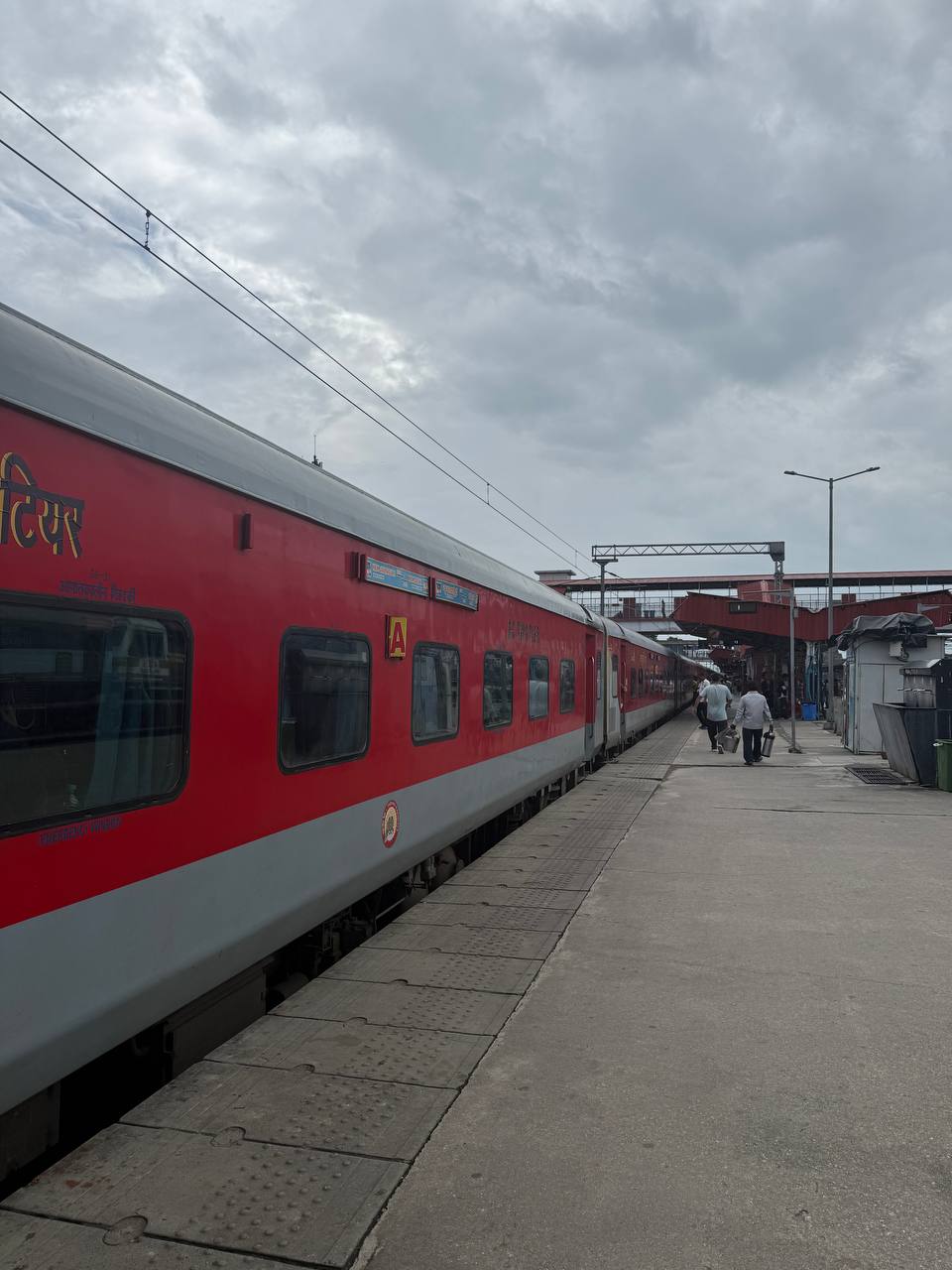
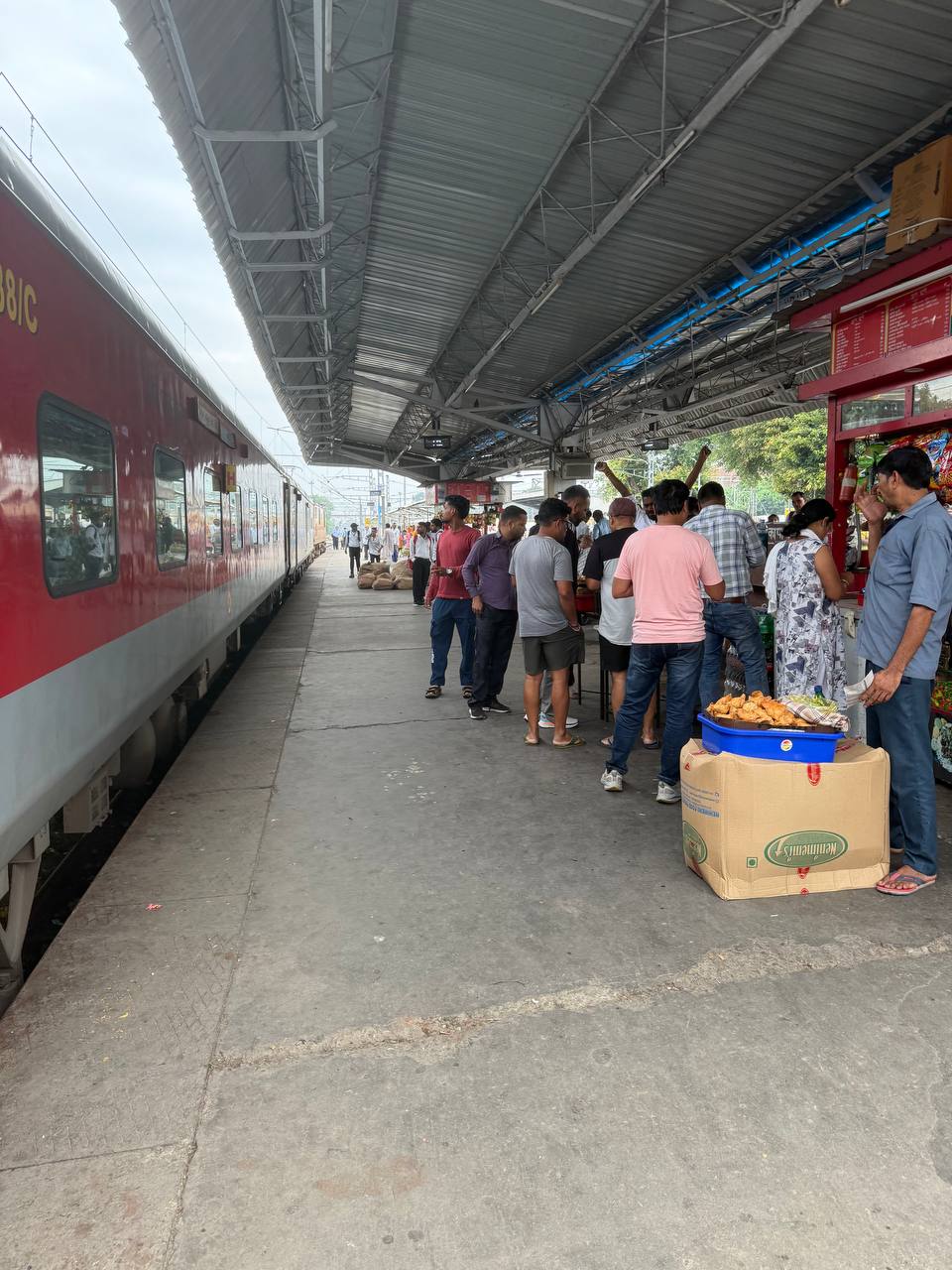
Booking Tickets: What You Need to Know
Booking tickets has gotten much easier with time but still requires some patience. The official IRCTC website and app are the safest options and now support foreign passport registration for tourists. If you plan ahead you can snag reserved seats or berths.
Popular trains like the Rajdhani and Shatabdi sell out weeks or even months in advance so book early. If sold out, the waitlist system might help but your ticket may or may not clear.
You can buy unreserved tickets at stations on the day but these coaches get packed beyond belief with locals and no seat guarantee. Sometimes you end up standing for hours.
Beware touts selling fake tickets or offering to “help” with bookings at inflated prices. Always use official channels and double check your ticket details.
The best online agent we suggest is 12go who have a very reliable app.
Classes of Travel: From Hell to Heaven
The train in India caters for all budgets and styles but it really boils down to what you can put up with and what you want to spend.
General Class is the cheapest and most crowded option. No reserved seats, often packed beyond capacity. Not something to attempt on long journeys but OK for short trips.
Sleeper Class is the backbone for many Indians. No air conditioning but you get six berths in each compartment, a thin mattress and pillow. Prices range from ₹300 (4 USD) to ₹700 (9 USD). Expect noise dust and chaos but also some of the best people-watching of your life.
Three-tier AC is where you start getting some comfort. Three stacked bunks per compartment, air conditioning, curtains for a bit of privacy and bedding. Tickets typically cost ₹1000 (12 USD) to ₹3000 (40 USD). Good value for a decent night’s sleep.
Two-tier AC ups the ante with fewer passengers, better space and lighting, plus curtains for privacy. Prices begin at ₹1500 (18 USD) and go higher on premium trains.
First Class AC is the top tier for rail travel in India. Lockable cabins with two or four berths, clean linens and sometimes meals included. Prices range from ₹3500 (42 USD) to ₹6000 (75 USD). Ideal for long-distance luxury or if you hate sharing space with strangers.
Chair Car is for day trips and commuter routes, featuring airline-style seats. Common on Shatabdi and Jan Shatabdi trains.
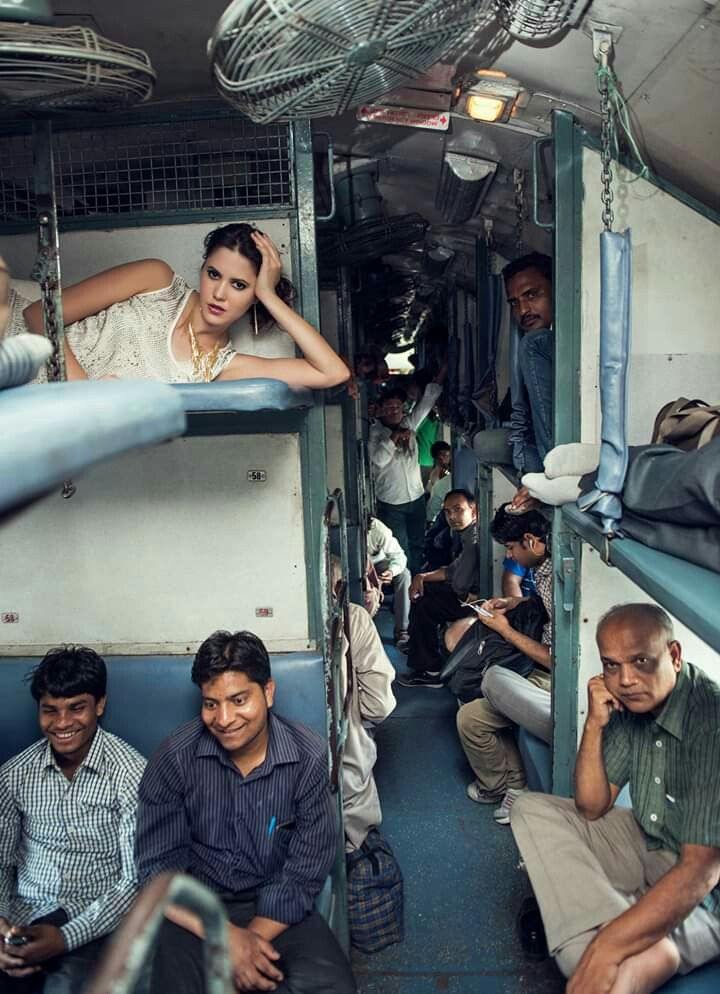

What to Expect on the Train in India
Taking the train in India is an assault on the senses. Stations are packed with shouting hawkers and vendors selling chai, samosas, pakoras and fruit. Locals bargain loudly, children run about and the sound of train whistles echo.
Trains rarely run on time. A delay of thirty minutes to a couple of hours is perfectly normal. Forget timetables and go with the flow.
Windows might be open or closed depending on your class and hygiene varies wildly. Toilets range from “tolerable” to “you will regret this”. Carry toilet paper and hand sanitizer.
Compartments can be shared with families strangers or entire groups. You might get offered chai or snacks by fellow passengers. It is part of the magic of travel here.
Safety and Scams to Watch For
The train in India is mostly safe but pickpockets target crowded coaches and busy stations. Keep your bags close and valuables out of sight.
Ticket inspectors want to see valid tickets. Watch out for fake inspectors asking for bribes and always ask to see official ID.
Porters offer to carry your bags. Agree a price upfront. Do not hand over your luggage until you are happy.
Women often prefer AC coaches or ladies-only compartments for extra safety.
Try to travel by day if you can, especially if alone.
Station Facilities: What You Get and What You Don’t
Big stations like Delhi (दिल्ली) Mumbai CST (छत्रपति शिवाजी टर्मिनस) and Howrah (हावड़ा) have waiting rooms, shops, food stalls, luggage storage and clean toilets. Many also offer free Wi-Fi and charging points.
Smaller stations might have little more than a bench and a tea stall.
Some stations have dorm beds or capsule hotels nearby if you need a rest between trains.
Always watch your belongings at stations as crowds get heavy.
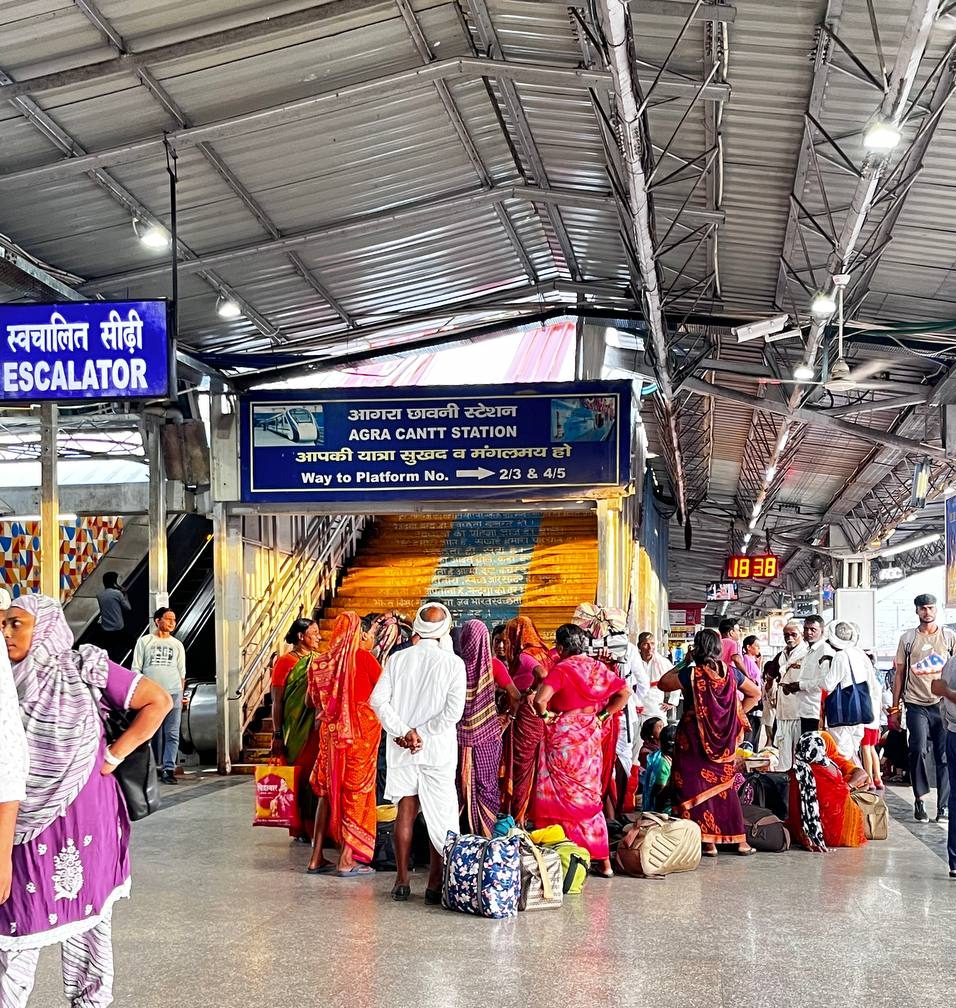
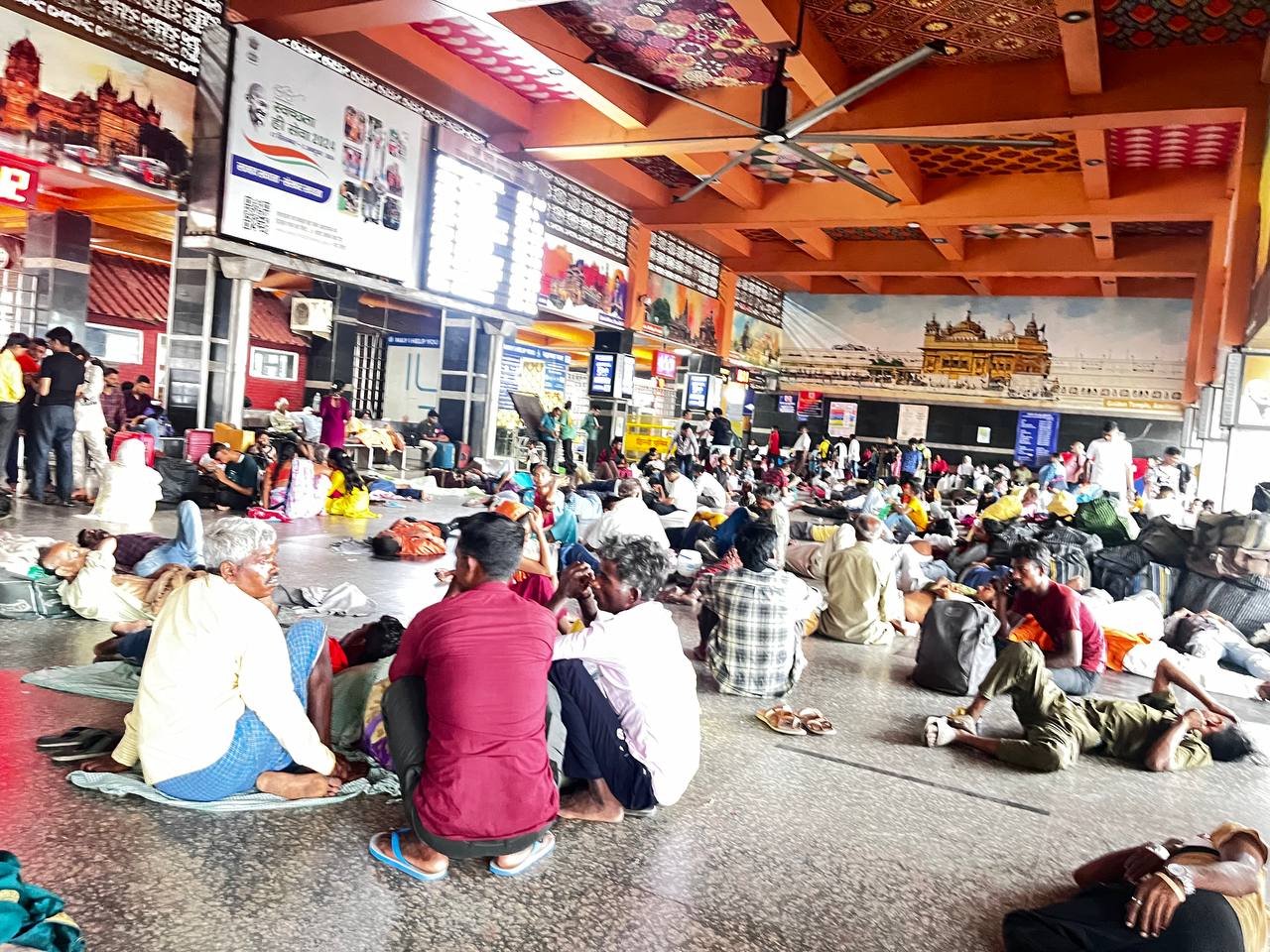
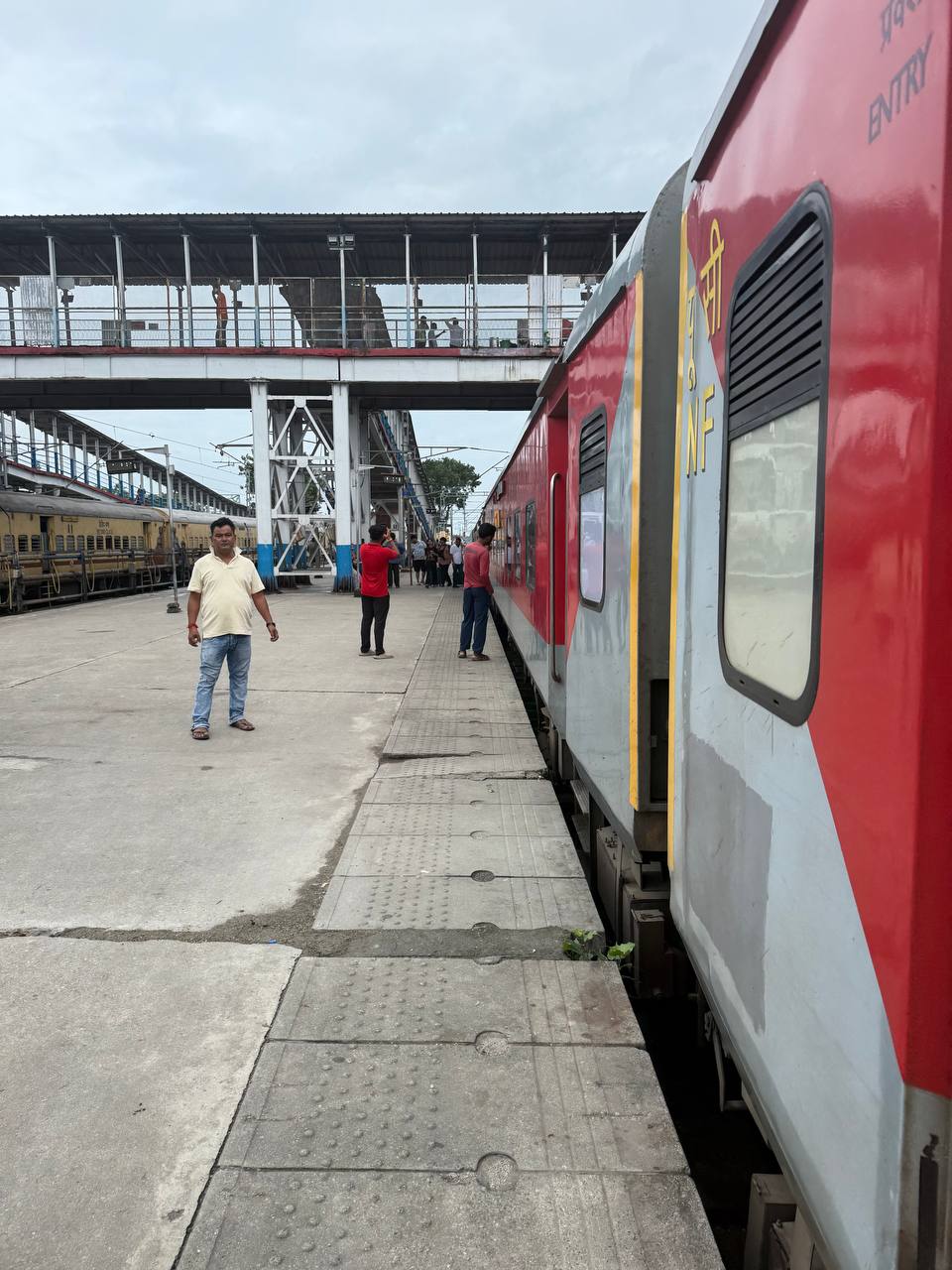
Food on the Train in India
There are no restaurant cars on Indian trains but vendors hop on and off at stations selling chai, samosas, biscuits, fruits and local snacks.
Some AC coaches include pre-packed meals on long journeys or sell them onboard.
You can bring your own food but avoid anything too smelly or messy. Wrap leftovers tightly to avoid offending your neighbors.
Trying street food from station stalls during stops is a must but pick carefully. Avoid anything looking dubious or overly oily.
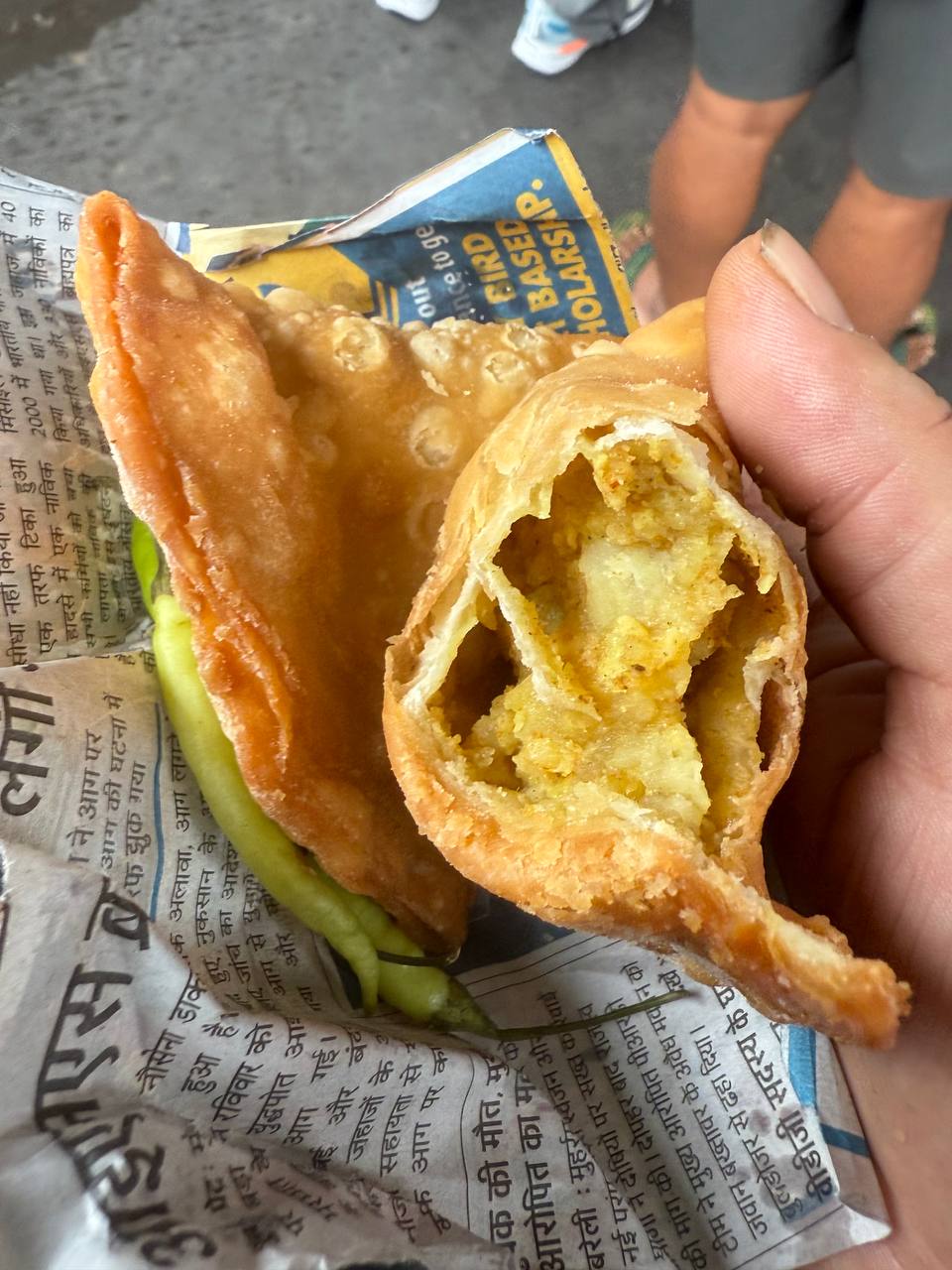

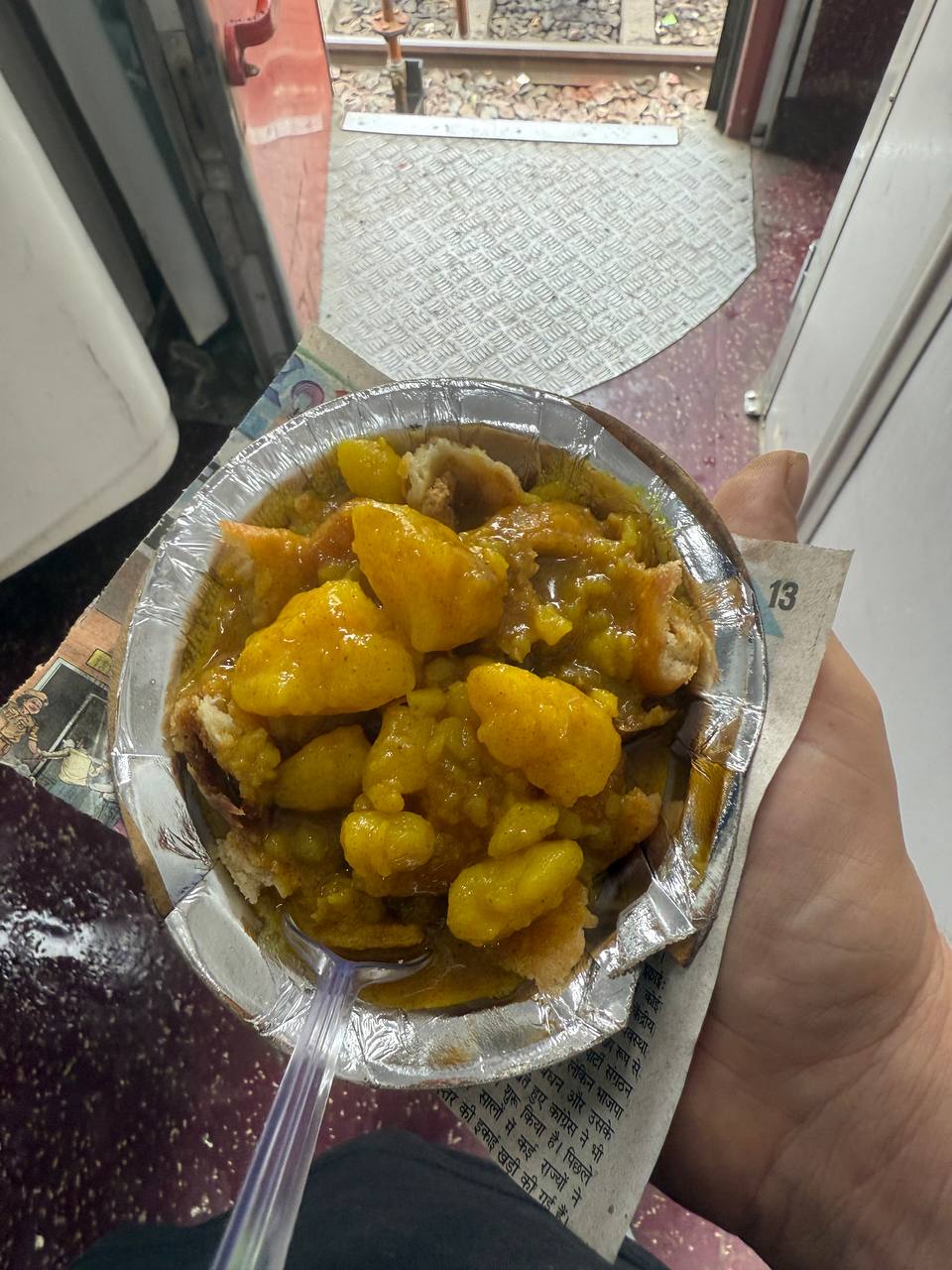
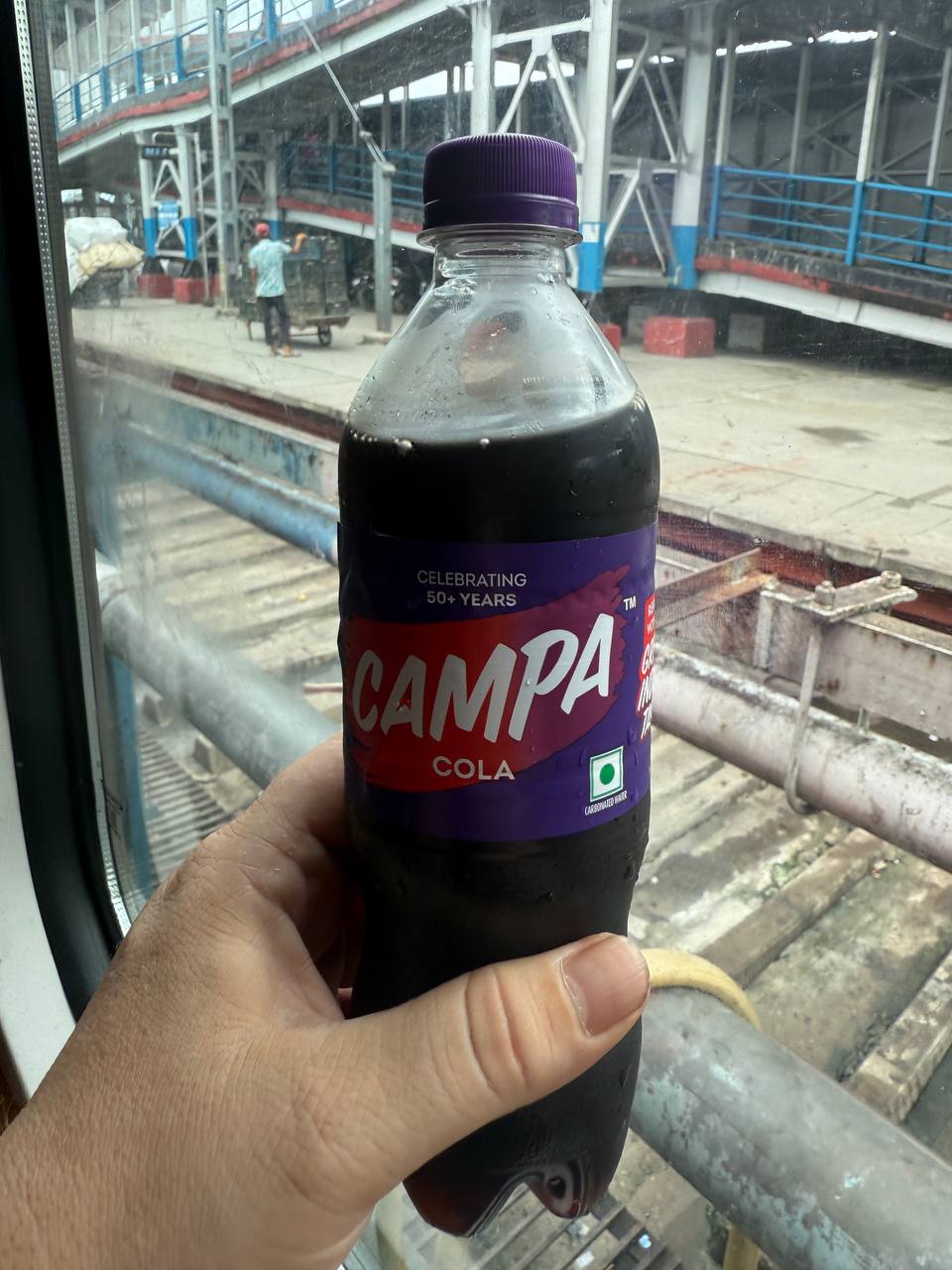
Why Take the Train in India?
If you want speed or luxury then flying is quicker and often cheaper. But the train in India is about the journey, the people and the stories you gather. It is about rolling through diverse landscapes from dusty villages to big cities, watching daily life unfold from your window.
You meet fellow travelers and locals, share food and conversations, and absorb an atmosphere that no plane or bus can match.
And you know if things like the Trans-Siberian, or Reunification Express tickle your fancy, well you will get a kick out of doing the train in India.





